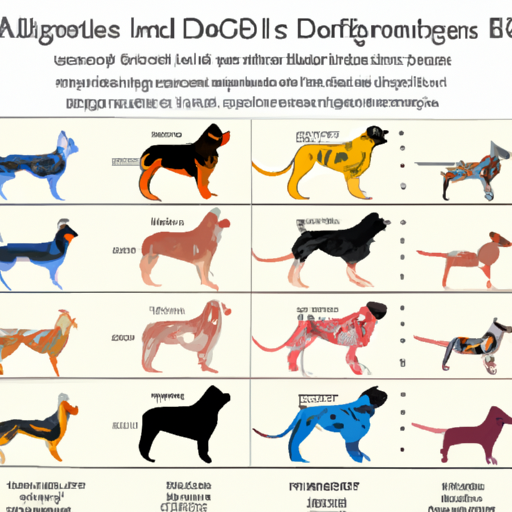Dear caregivers, you often find yourselves wondering how long it takes for your furry friends to become fully grown. It’s not just a question of curiosity, but also a matter of health and well-being. So let’s dive in.
1. Understanding the Growth Cycle of Dogs
As you’ve probably noticed, not all dogs grow at the same rate. Small breeds tend to reach their full size faster than large breeds. It’s all about genetics, nutrition, and environment.
- Small Breeds: Small breeds are considered fully grown around the 10-12 month mark.
- Medium Breeds: Medium breeds usually stop growing between 12-15 months.
- Large Breeds: Large breeds may continue to grow up until 18-24 months.
| Breed Size | Full Grown Age |
|---|---|
| Small | 10-12 months |
| Medium | 12-15 months |
| Large | 18-24 months |
2. Physical vs. Mental Growth
While your dog may reach his physical size, his mental maturity often lags behind. Just like humans, dogs go through an adolescence phase where they’re physically mature but not quite mentally there.
3. Why It Matters
Understanding when your dog will be fully grown helps you anticipate changes in behavior, dietary needs, and health concerns. It’s an essential part of being a responsible and caring dog owner.
4. How to Support Your Dog’s Growth
Here are some ways you can support your dog through his growing stages:
- Proper Nutrition: Feed your pup a balanced diet specifically designed for their age, breed, and size.
- Regular Exercise: Regular exercise helps to ensure that your dog’s growth plates close properly, reducing the risk of injury.
- Routine Vet Checks: Regular vet visits will help monitor their growth and catch any potential issues early.
- Mental Stimulation: Keep your dog mentally stimulated with toys, training, and socialization.
5. Common Misconceptions
One common misconception is that dogs stop growing when they are spayed or neutered. This isn’t true. Spaying or neutering can slightly delay a dog’s growth, but it won’t stop it.
Frequently Asked Questions
Q: Can a dog’s paws tell you how big they’ll get?
A: It’s a popular belief, but not a reliable one. Paw size is not an accurate predictor of full adult size.
Q: At what age is a dog no longer a puppy?
A: Dogs are generally considered adults at one year old, though larger breeds mature slower.
Q: Does neutering or spaying affect a dog’s growth?
A: It can slightly delay their growth, but it won’t stop it. It’s always best to consult your vet for the best time to spay or neuter your pet.
Remember, every dog is unique and grows at his own pace. So, while these guidelines can give you a general idea, always consult with your vet for specific information about your own dog’s growth and development.



